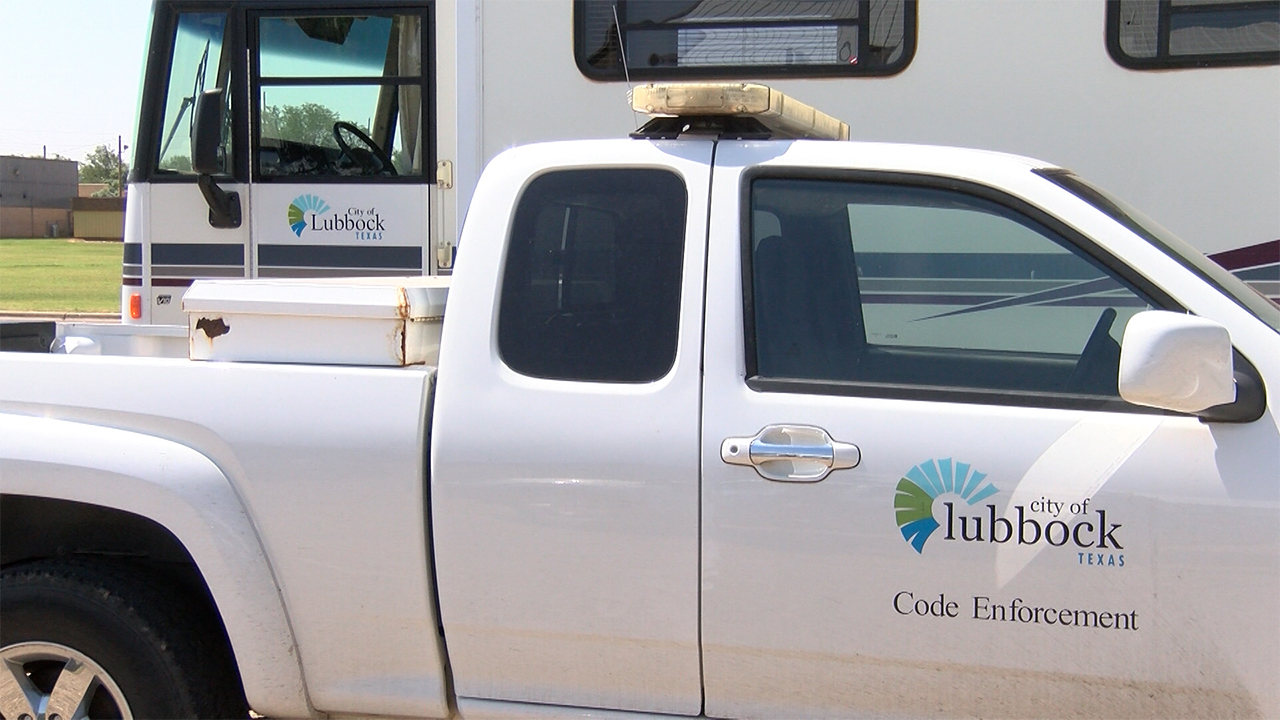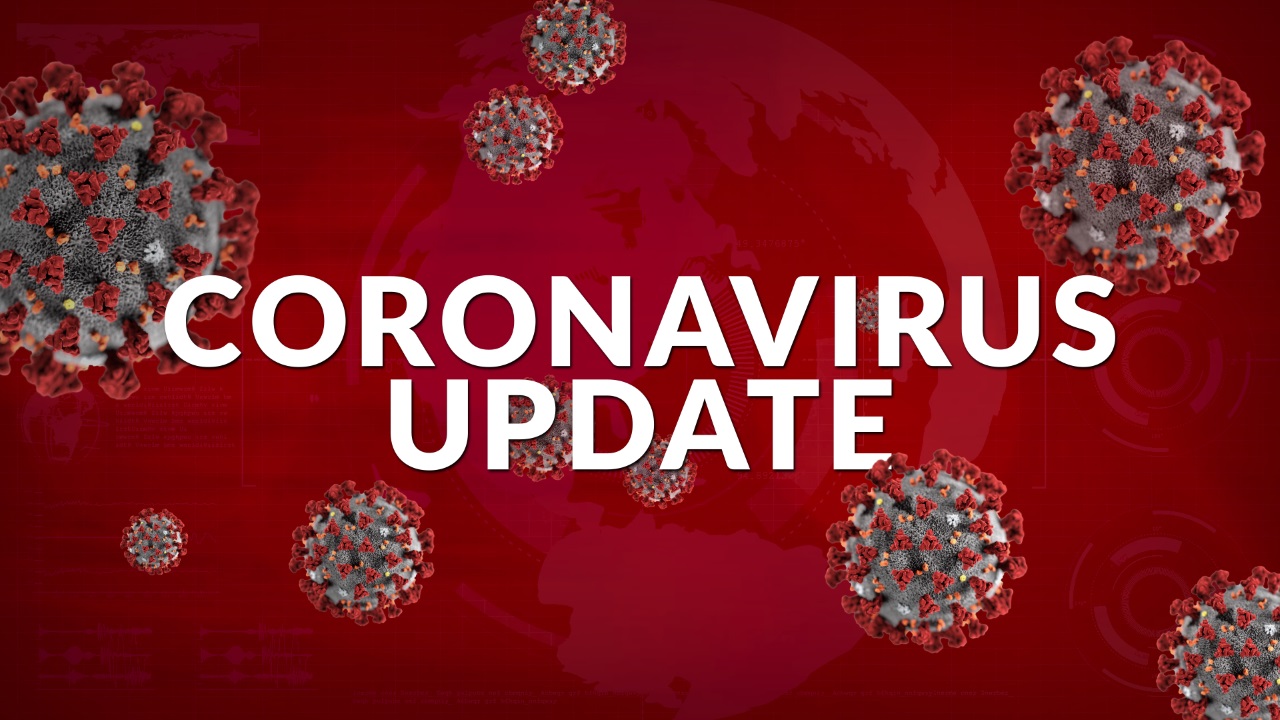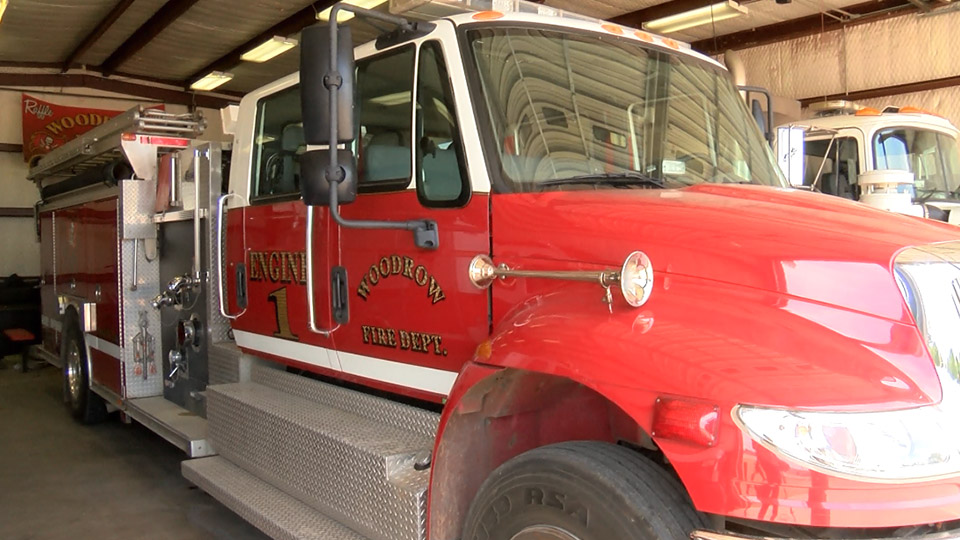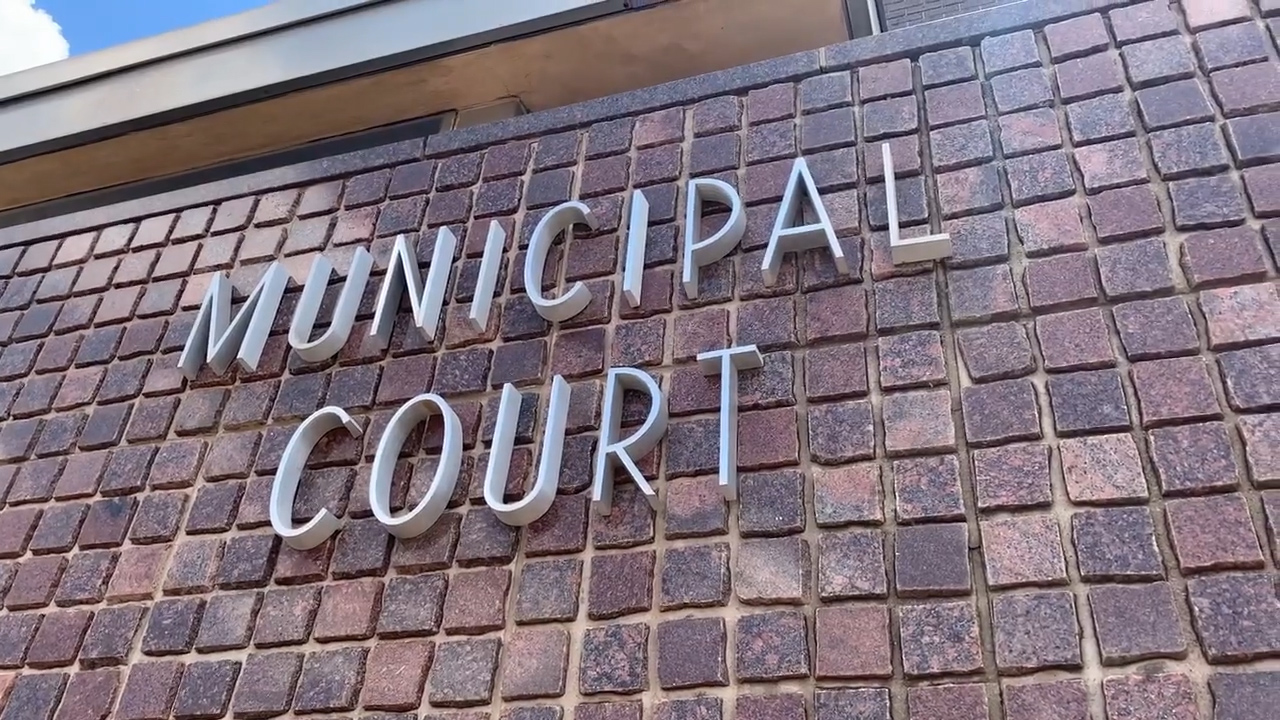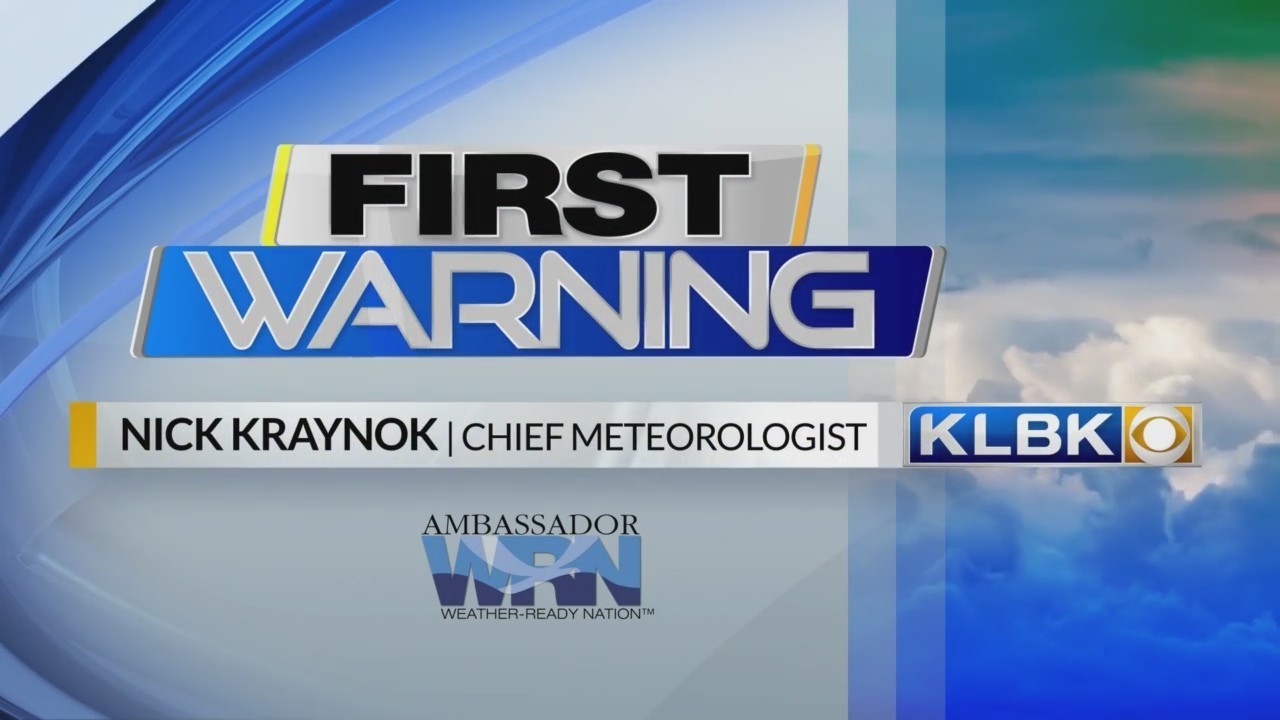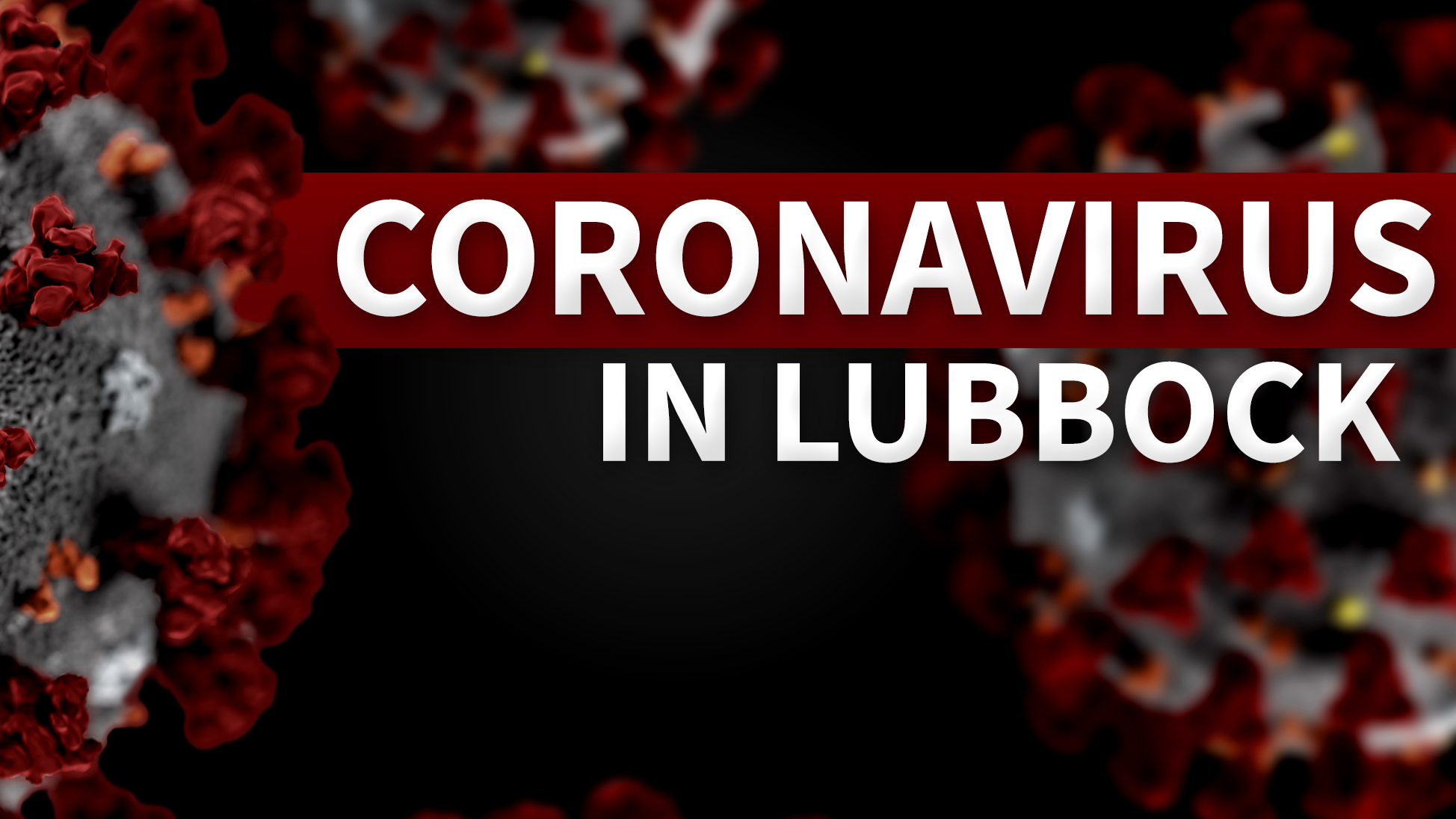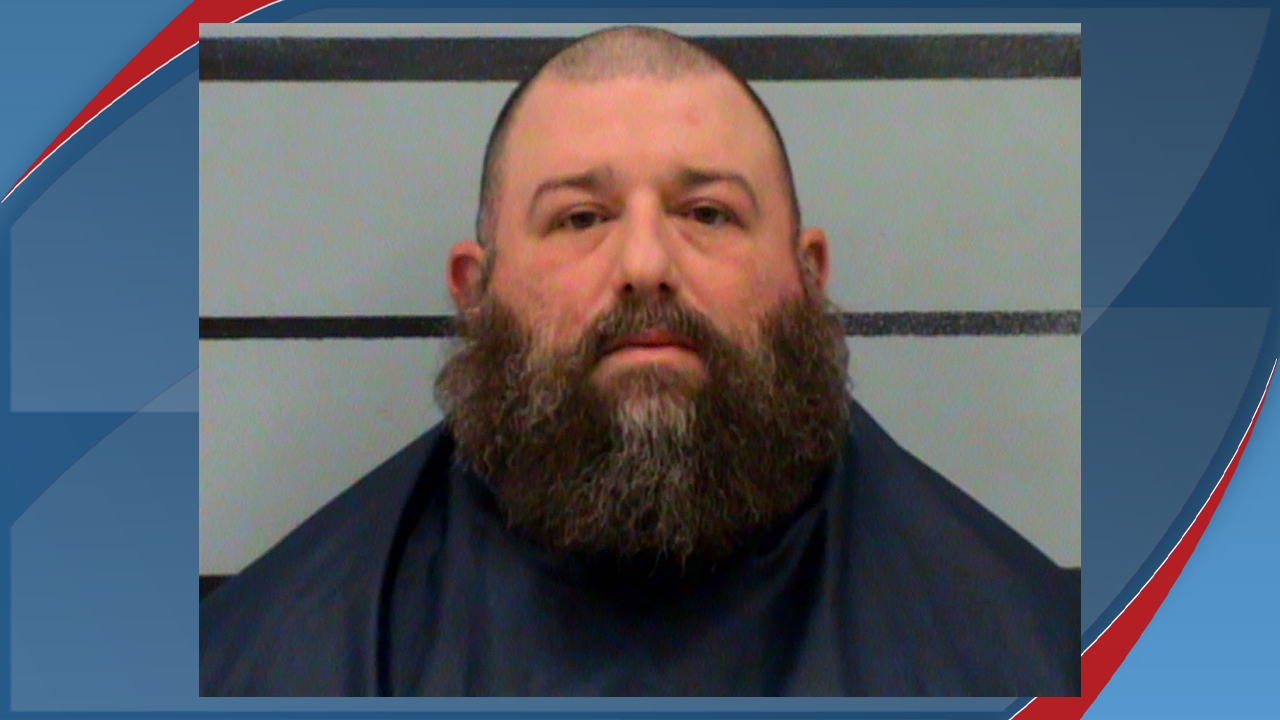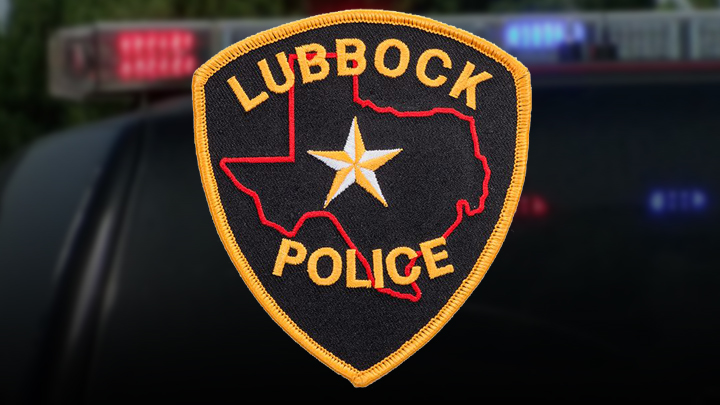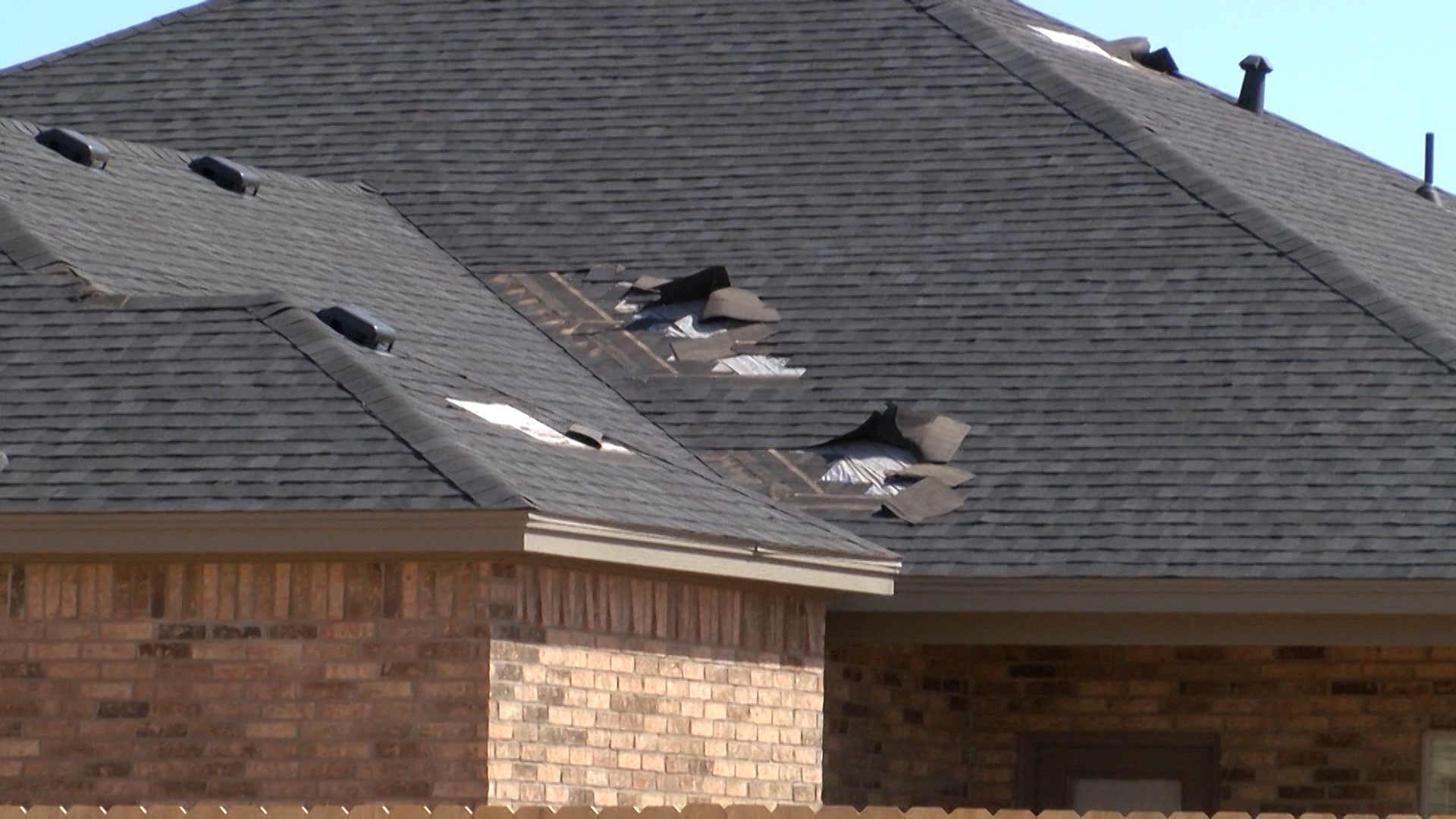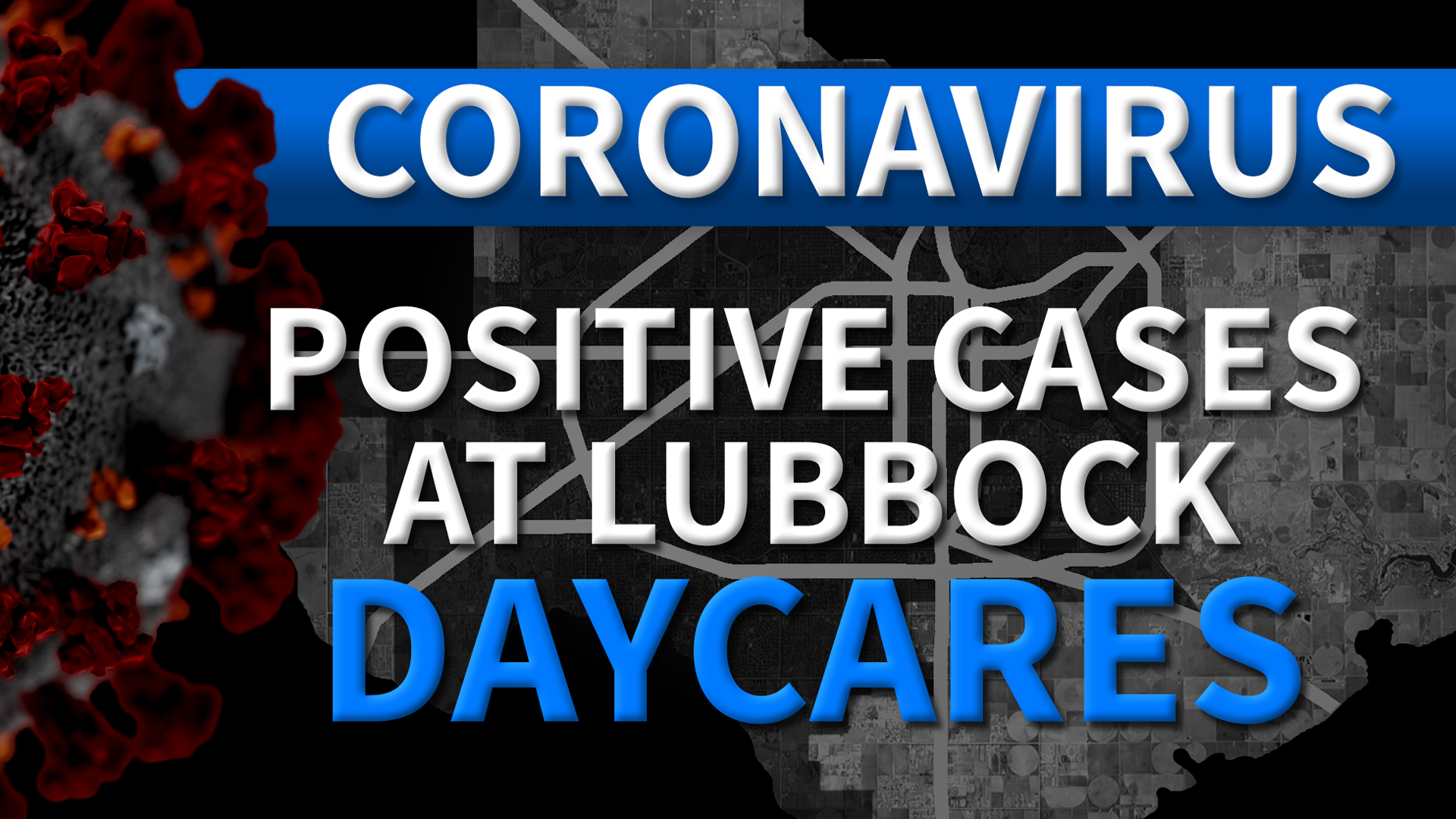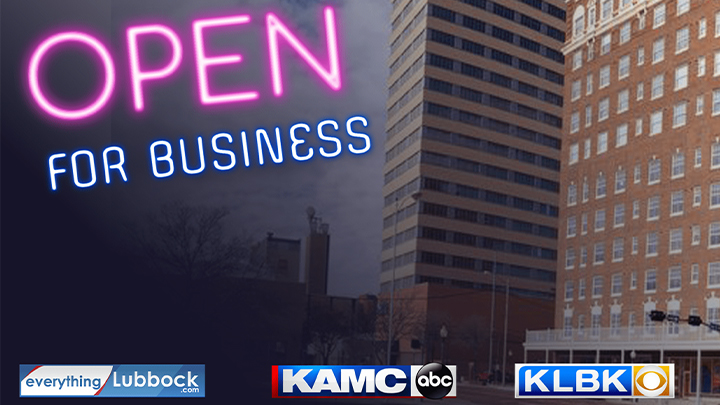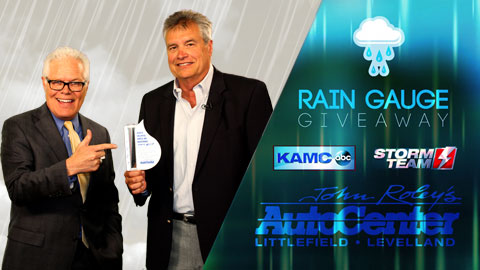The shape and design of a drinking straw with a scoop at the end could be what some surgeons need to perform their duties more efficiently.
Chris Idelson learned during his medical device manufacturing and design class at the Cockrell School of Engineering about one of the main challenges surgeons face when performing a laparoscopic surgery, also known as a minimally invasive surgery. Some cases of laparoscopic surgery happen during hernia repair and gallbladder removal.
“Every time they do laparoscopic surgery, the scope tip will get dirty with some kind of blood or fog or some kind of bodily junk that they didn’t want to be a part of it because then it prevents them from seeing what they’re doing,” Idelson said.
Idelson says a laparoscope tip can become dirty up to 30 times during a surgical procedure and it can take up to a minute and a half each time to clean.
The PhD candidate, along with Dr. Chris Rylander, an associate professor in the Department of Mechanical Engineering, wanted to find a solution. Rylander realized how drinking straws with a scoop at the tip could fit laparoscopes and soon, their new idea was born.
“I would describe it as an equivalent to a squeegee for the laparoscope,” Idelson explained.
Since Idelson and Rylander started testing out different ideas to figure out what works, they’ve gone through hundreds of prototypes. Each prototype that doesn’t work still provides an eye-opening experience on what they could do to improve their model.
A seed grant of $16,000 they received last year is helping with the ongoing building of the technology.
“We’ll be doing other testing in cadaver labs and other experiments with that seed funding,” Rylander said.
The invention is also now a part of the medical device startup called ClearCam Inc. They’ve participated in different business competitions and are in the running for additional startup funding. In the meantime, their latest prototype is patent pending and researchers are working to finalize paperwork to get the product on the market for surgeons to access. They hope to accomplish this by 2019.
“You can save a lot of surgical frustration,” Idelson said.










